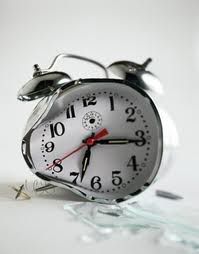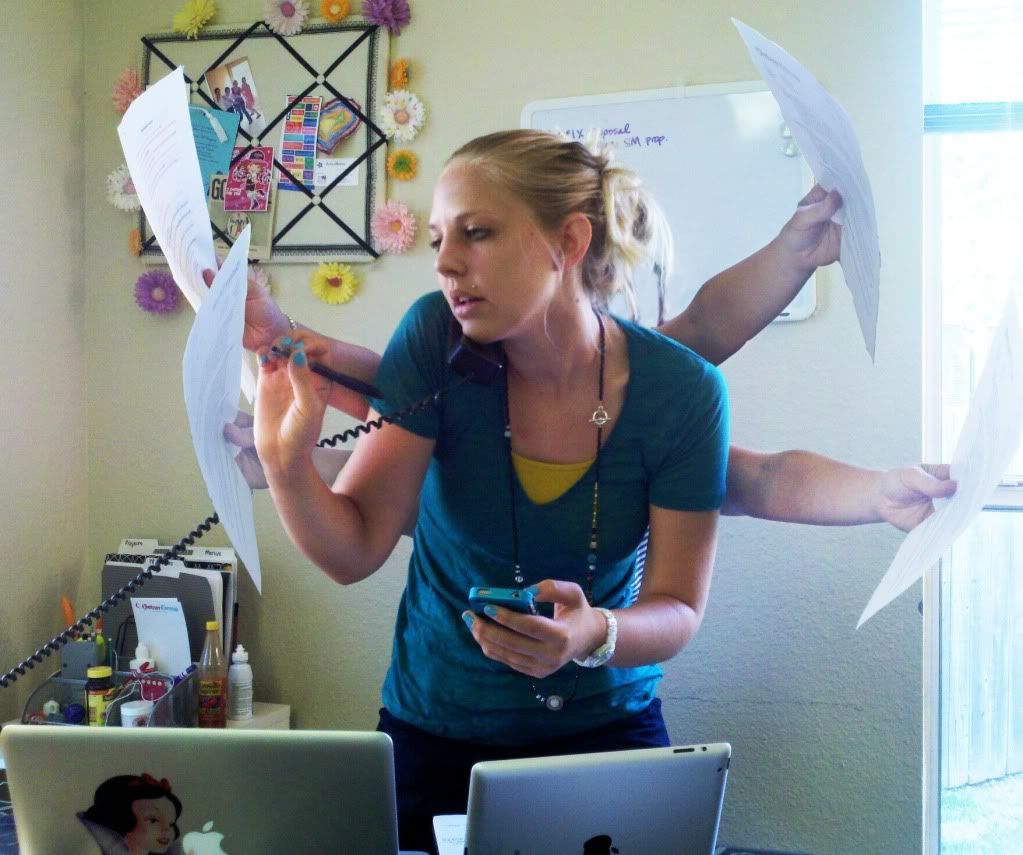 Daily agency life often feels like an elaborate juggling act—account managers constantly juggle accounts and each account’s unique priorities and deadlines. This requires switching gears throughout the day, usually several times an hour. The necessity of this workflow is obvious—we need to be available to our clients throughout the day as projects and issues pop up, and we strive to efficiently handle projects as if each account were our only account. The KG team prides ourselves on being flexible and in our ability to nimbly manage dozens of loose ends at a time. However, it would not be a stretch to call this style of work ‘multi-tasking,’ and from our recent series on productivity, we know that multi-tasking at its worst actually reduces productivity. The Wall Street Journal recently published an article on how to be more productive at work, and identified “fragmentation – trying to juggle many competing, and usually unexpected, demands on your time,” as the leading cause of an unproductive day and the root of the uncomfortable feeling that you worked really hard all day and yet have the sense that nothing got done. Yep, that’s a day KGers can relate to! How then do agencies limit the inefficiencies of multi-tasking in the face of competing demands on their time?
Daily agency life often feels like an elaborate juggling act—account managers constantly juggle accounts and each account’s unique priorities and deadlines. This requires switching gears throughout the day, usually several times an hour. The necessity of this workflow is obvious—we need to be available to our clients throughout the day as projects and issues pop up, and we strive to efficiently handle projects as if each account were our only account. The KG team prides ourselves on being flexible and in our ability to nimbly manage dozens of loose ends at a time. However, it would not be a stretch to call this style of work ‘multi-tasking,’ and from our recent series on productivity, we know that multi-tasking at its worst actually reduces productivity. The Wall Street Journal recently published an article on how to be more productive at work, and identified “fragmentation – trying to juggle many competing, and usually unexpected, demands on your time,” as the leading cause of an unproductive day and the root of the uncomfortable feeling that you worked really hard all day and yet have the sense that nothing got done. Yep, that’s a day KGers can relate to! How then do agencies limit the inefficiencies of multi-tasking in the face of competing demands on their time?
The WSJ article, “How to Save an Unproductive Day in 25 Minutes,” gives three suggestions for busy professionals to maximize efficiency when pulled in a million directions. The article resonated with me, and I wanted to share the tips and how they apply to agency life at KG.
1. Schedule uninterrupted work time—Whether you have to go hide in the empty conference room to escape the usually welcome antics of your awesome coworkers (pie! Funny YouTube clip!), pipe in some white noise to get you in the no-distraction zone like Eric does, or follow the Pomodoro Technique like Valerie does, actually scheduling dedicated time to completely focus on the most pressing task at hand can help check it off your to-do list faster.
2. Keep track of the progress you made that day—The WSJ recommends writing out everything you did at the end of a crazy day to give yourself a better sense of accomplishment. Personally I keep a running to-do list and find great satisfaction (possibly too much satisfaction) in checking things off that list. Sometimes I even tack on a few too-easy tasks that really shouldn’t count (making breakfast, putting new ink in the printer) just to make myself feel more productive! As the WSJ points out, perception is reality and just feeling more productive can make all the difference between a good day and a bad one. Continue reading

 The topic of productivity needs no fancy introduction — everyone who runs or has stake in a business worries about it, and everyone wants to be better at it. At Ketner Group, we take pride in our balance between productivity and play, because, well, you know what they say about all work and no play. Below, a few of the Ketner Groupies have shared our favorite productivity tips. In the next couple of weeks, we’ll cover what works to keep us organized and on-task.
The topic of productivity needs no fancy introduction — everyone who runs or has stake in a business worries about it, and everyone wants to be better at it. At Ketner Group, we take pride in our balance between productivity and play, because, well, you know what they say about all work and no play. Below, a few of the Ketner Groupies have shared our favorite productivity tips. In the next couple of weeks, we’ll cover what works to keep us organized and on-task.